The Guatemalan weavers “Multicolores Collective”
Bringing new industry to rural Guatemala by using women’s weaving skills and sense of color.
Micaela Churunul, age thirty-six learned weaving from her mother as a child. But a bad case of bronchitis when she was eight compromised her health going forward. Also, at eight, she was forced to leave school when her family needed her work contribution at home. Without education and unable to work in agriculture, her community’s primary industry, her options for work were limited. With two younger siblings in school in Guatemala City and two sisters at home, her help was desperately needed. It wasn’t until two Wisconsin natives, with innovation on their minds, visited Guatemala in 2006 that a new industry opened to Churunul and others like her.
In 2006, Mary Anne Wise and Jody Slocum visited Guatemala where they saw an inspiring natural countryside alongside deep poverty. The noticed the weavers were talented artisans but lacked a product that had wide appeal to a larger market. Wise and Slocum tried to help.
Wise, an American rug hooking artist, writer and teacher, and Slocum, also a textile artist, observed the sense of color, form, and storytelling that was inherent within the hand-woven huipils. They also saw that the weavers’ skills were underutilized in their home regions where the primary source of income was agriculture, and where the women were inextricably embedded as mothers and wives. Relocation was not an option, but Wise and Slocum reasoned their skills could still bring them work opportunities. By 2009 they had imagined a new product that would pay dividends to the women and change families. The product would be hooked rugs, an otherwise unknown craft in this region.
Hooked rugs were a perfect fit for the lifestyle of the weavers. They were portable, constructed with simple inexpensive tools, easily photographed for online sales and suitable for shipping on the international market. While the end-product had been envisioned, there was still a piece of the puzzle for Wise and Slocum to solve: where would the artisans find the raw materials? They needed to be locally available, inexpensive, colorful, strong, and multi-textural.
Their business model gained traction when Wise and Slocum discovered the pacas (local retail outlets that sell used clothing in bulk). The pacas would provide access to bales of second-hand clothing and textile products otherwise known as “ropa Americana” that are imported to Guatemala from the United States. Wise and Slocum reasoned that the T-shirts, skirts, and pants could be cut into eighth-inch wide strips suitable for rug hooking. With all the pieces for a successful business model in place, the new collective Multicolores was born.
Multicolores is now a non-profit that is artisan run and operated with forty-two rug hookers from the five communities of Chirijquiac, Patanatic, Totonicapán, Quiejel, and Chuacruz. Multicolores has six staff members of which four are Maya women. Each rug hooking “group” is artisan-run and operated. Two rug-hooking artists serve on the Multicolores Board.
Multicolores has helped the artisans create rugs, sell them on the international market and contribute to their family economics. The artisans each bring in significant income to their families, and in some cases contribute half of their family yearly income. Both the rugs and artisans have received awards and international recognition in art shows and tours.
In 2012, Multicolores improved their model by adding a year-long “Teach the Teachers Program.” Seven artisans were elevated to teacher status with the role of teaching the skills to more artisans. With this strategy, the project became sustainable and guaranteed that the skills would remain in Guatemala.
Today Multicolores offers incentives and supports for the artisans. Each woman receives help with the organization and purchase of furniture and materials for a home studio. Multicolores picks up 50 percent of the costs. The artisans also receive eye tests, carpal tunnel exams, and nutrition classes with a trained nurse, and suggestions for weekly menu planning. They receive access to craft development workshops and opportunities to be honored as artist representatives at international art fairs and trade shows. Ongoing classes in product development are included.
Multicolores is proud of each artisan’s financial contributions. In some cases, the income from rugs composes as much as half of the total family income, allowing children to remain in school, get medical care, buy medicines, food, clothing dental care and basic home improvements. In 2017, the three highest individual total earnings were $3,572, $2,663 and $2,142. Cheryl Conway, director of development, referenced the statistics that Multicolores collects: “In 2017 using data collected from forty-one rug hookers, we learned that the average annual household income, from all sources, was $4,073. The average annual cost for household expenses (food, rent, transport, medicine, education, electricity, wood, gas, potable water, cable, loan), was $3,691.”
This has fundamentally changed family life and culture. Access to new income has convinced reluctant husbands of the advantages of their wives’ employment. Artisan María Ignacia Vicente Jocol, twenty-nine, who lives in Chirijquaic with her husband and two children, shared her view of her family’s transformation following her rug hooking successes, “Women in my community have to ask their husbands for permission to have dreams, meaning that their lives are limited by what their husbands permit. In the beginning, my husband did not give me permission to attend workshops, but after hooking two large rugs and earning significant income, he saw the benefits and has become much more supportive of me and my work. I no longer have to ask his permission to attend workshops.”
Even more fundamental than the improvement in family finances has been the positive change to the women’s self-esteem as a result of the rug-hooking project. Rosmery Elizabeth Pacheco, twenty-two, lives with her mother, two younger brothers, and sister in Totonicapán. She credits her job as a rug-hooker with supporting a change in her core identity, “There are two Rosmery’s. The one before the rug hooking project was timid and lived in a dark box. She cleaned houses, barely scraping by. This was all that I thought my life would be. I didn’t believe that I had the strength or the skills to overcome my situation. But then I learned to rug hook and it opened my mind. I discovered a talent I never knew I had, I lost the fear of expressing myself, I became more confident.”
For Glendy Emiliana Muj, thirty-three, who lives with her husband and seven children in Patanatic, work through Multicolores has brought about concrete improvements. “Since I started rug hooking our quality of life has greatly improved. Five of my children are in school, the eldest, now 15 wants to go to University. We are now able to go to the doctor more frequently and buy medicine. With income from my first rug I bought a sink so now I can do the family’s laundry at home rather than carrying heavy loads to the community pilas. We have made improvements to our home, we now have a concrete floor and windows. My children see me as a role model, they see that without education and just a few opportunities, I have achieved much and have had many new experiences.”
Just five years ago, Churunul had never touched a hooked rug. She was unaware that the techniques of rug hooking could be done at home, with simple hand skills, and using affordable materials locally purchased. Today, Churunul is a celebrated rug maker, hooking her own designs inspired by traditional Maya colors, shapes, and forms. She designs from her own creativity and drawing from the images that make her happiest. “Mothers have been teaching their daughters to weave for hundreds of years so the colors, patterns, and symbols which decorate our ‘huipils’ have historical significance and meaning. When I draw these designs onto my rugs, I am transmitting the legacies left to us by our ancestors. My rug designs are also inspired by nature in Guatemala. I seek inspiration in the things which make me feel happy, like birds, flowers, and nature.”Sales from her artistry have made a difference in her siblings’ lives, allowing her younger brothers and sister to remain in school in Guatemala City. Reaching from rural Guatemalan home studios to the foyer floors of North America seemed impossibly far until the artisan collective Multicolores partnered with Churunul and forty-one other artisans, in five different regions, and taught them rug hooking and simple business principles.
Multicolores is located at Calle Peatonal Capulín, zona 2, Panajachel, Lake Atitlán, Guatemala.
They can be reached at + 502 7762-2226 or visit multicolores.org
Facebook at multicoloresguatemala
Look for “Rug Money: How a Group of Maya Women Changed Their Lives Through Art and Innovation” by Mary Anne Wise and Cheryl Conway to be published by Thrum Books in September 2018.
REVUE magazine article by Elizabeth Rose.
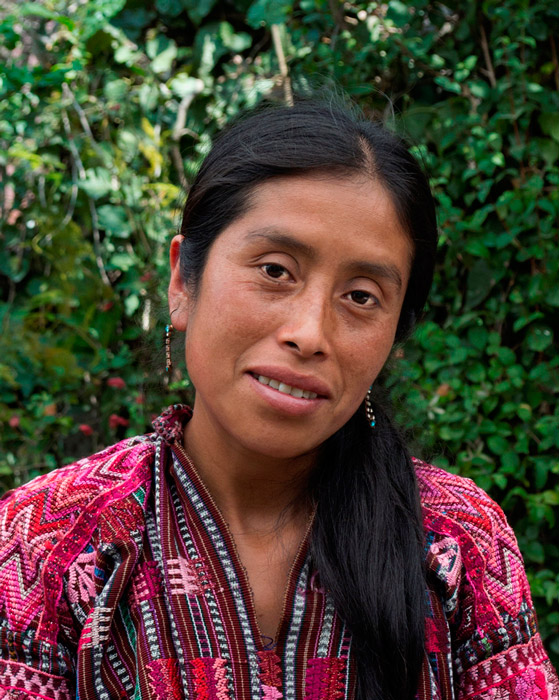
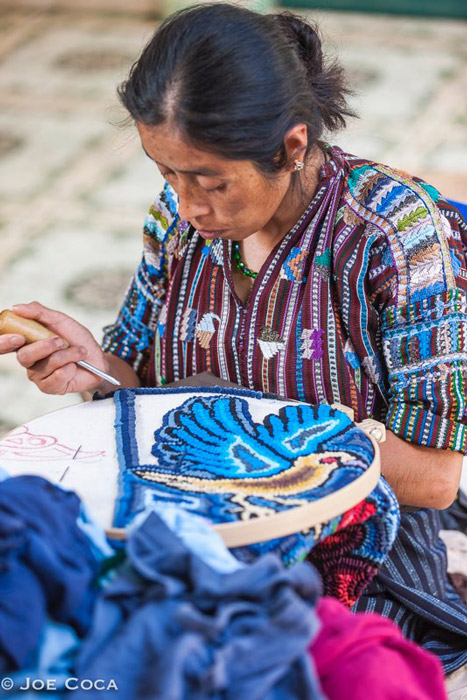
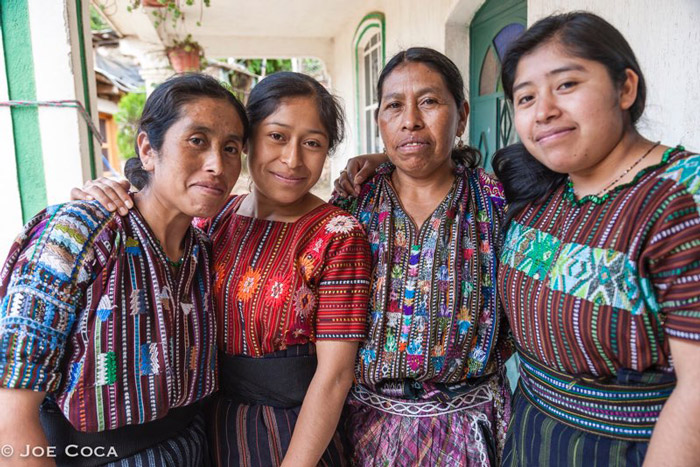
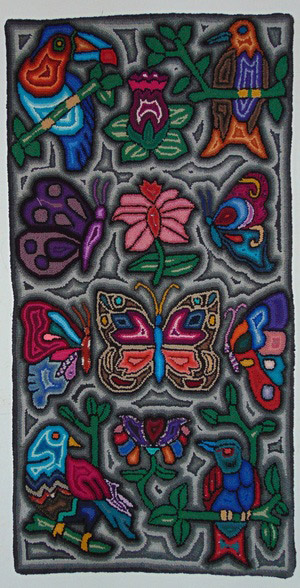
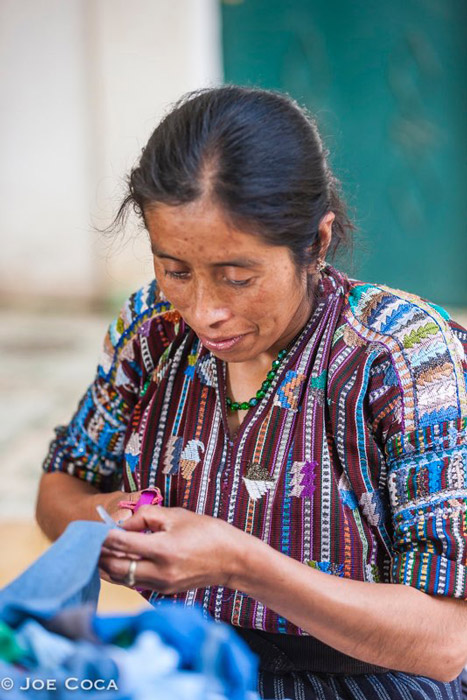
My soul is Guatemalian ❤️Amazing women courage brave and creative !!!it ‘s my five travel to Guatemala and ever I am in admiration to this People and the beauty of their work ! I pry every day to have the possibility to retourn in this Country!!